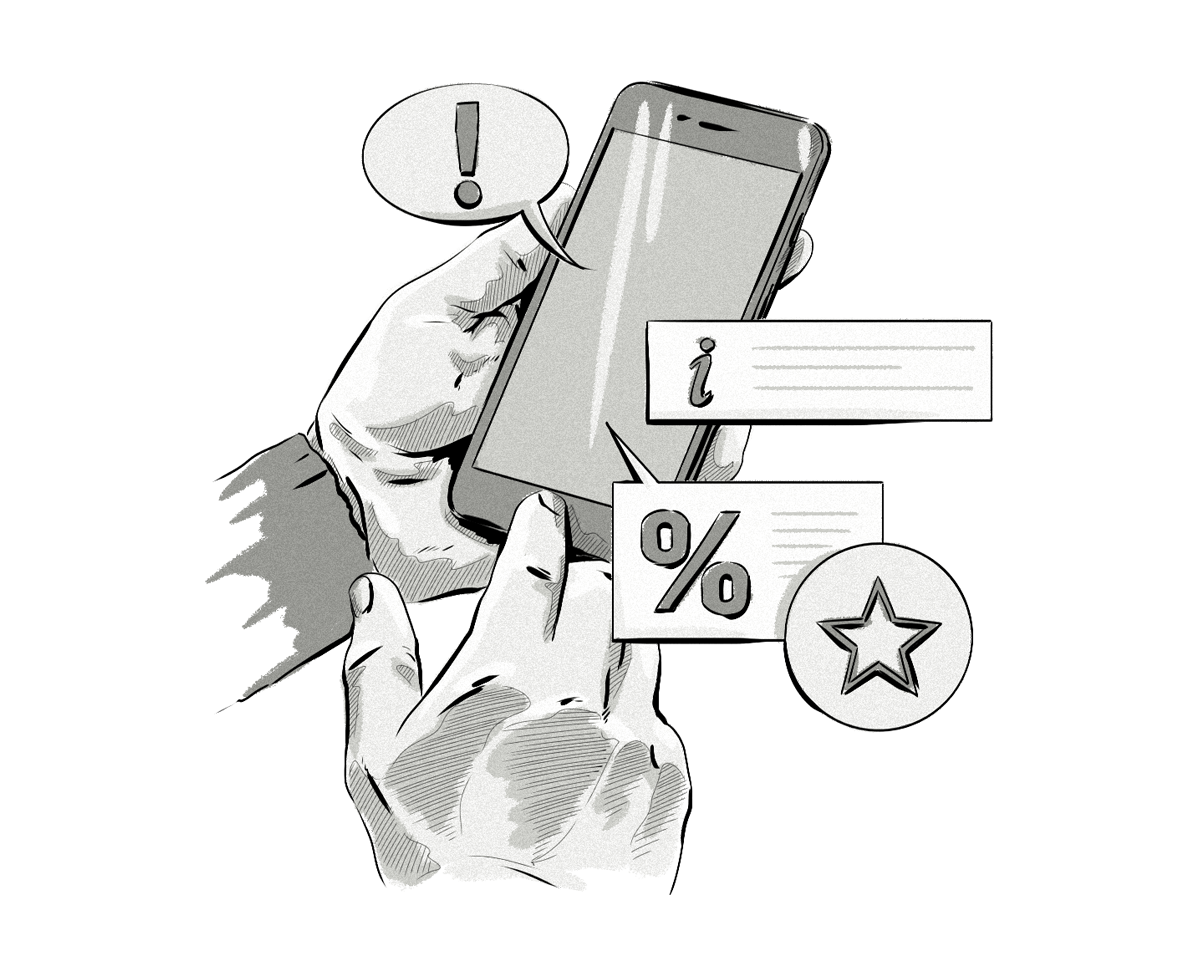Content is certainly king, but it seems the long-held tenet of digital marketing needs a little tweaking; only immediately relevant content is king these days. As in the case of retargeting ads, we only respond to content that is easy to find and important to us.
This does not only apply to text content, but also to products and services. Content personalization is a method of providing users with content that best suits their needs and expectations, and is immediately accessible.
What is Content Personalization and Where is It Used?
Content-personalization solutions come in handy in a variety of applications ranging from front-page display, email marketing, display ads, and even videos. They are used to tailor the content to be relevant and immediately appeal to each recipient dynamically, at the moment the specific email, website, or ad is displayed.
Properly Implemented Content Personalization Allows To:
Personalize the website experience for new and returning users. Identify new visitors to your site and tell them more about your offer, or display a welcome message and a step-by-step feature introduction. A returning visitor, on the other hand, can be offered a promotion or discount. Tailoring the content of the website to various groups improves engagement with your brand.
Display different versions of the website for mobile and desktop users, creating excellent user experience independently of the device used to consume the content.
Create custom landing pages. Content personalization creates super-effective campaigns, as various versions of your landing pages can be streamlined based on user demographics and behavior.
How Does Rules-Based Content Personalization Work?
As the basic and traditional personalization method, rules-based content personalization (sometimes referred to as conditional rendering) uses a number of simple, manually created and easily adjusted rules that, with a number of personally identifiable attributes, divide your audience into smaller segments. The segments can then be individually targeted and sold to.
Think of rules-based personalization as a series of IF – THEN statements that modify the looks of the website. Enriched with AND / OR operators, they create a more fitting experience for each user group based on location, language, and other data collected during users’ previous interactions with the website.
From Testing to Rules-Based Personalization
Rules-based personalization has its roots in manual methods of testing like A/B and multivariate tests. Marketers used them to verify and streamline the content. This typically involved small modifications to messaging and layout of the website, testing, and iteration. The goal was to come up with the magical formula, i.e. a version of the website or landing page that yields the best results (conversions).
However, since there is no way you can communicate to any segment without compromising another segment’s website experience, there was an urging need for a solution that could equally cater to the needs of every user segment. This is exactly how rules-based personalization originated—as a way to automate the rendering of the tailored version of the website for every individual visitor.
Example:
There is no way you could possibly make an online shoe-store experience equally compelling to women and men, as they are after completely different products. There is always a trade-off; displaying women’s promotions and discounts to men would be a completely futile effort.
However, proper rules in place detect whether the visitor is male or female, and adjust the content dynamically without them even realizing it. As a result, women’s shoes will be displayed to a woman, and men’s shoes and promotions will be displayed to men.
What are the Benefits of Rules-Based Personalization Over A/B Testing?
Marketers are increasingly looking into the possibilities of rules-based personalization. The most obvious benefit behind this transition is streamlining the cost and workload required to do the tests of various versions of the website.
Segmentation
Before you implement content personalization, identify the distinct groups of visitors who will receive personalized experiences (segments). Segmentation is the cornerstone of either personalization method and requires data about your market and customers. For example:
Web attributes, which can include easily identifiable information such as geolocation, time of day, and type of referral (another website, email, social media post, etc.)
Database attributes, including the information about the users aggregated from a number of available databases, like the CRM or other marketing solutions you have in place.
User behavior data collected during their past or current sessions on the website, like time spent on particular pages.
The above data can be used to create some of the most common segments in rules-based personalization:
- New vs. returning visitors
- Mobile vs. desktop
- Android vs. iOS vs. Windows
- Demographic information (gender, age, or birth date)
What Can Rules-Based Personalization Modify?
Once your audience is arranged into segments, you can start communicating to them in a more personal way.
Naturally, not everything needs to be changed. It is important to identify what can be, and what should be optimized to make the website experience more personal. Examples:
- Headlines and subheadlines
- Callouts
- Hero image
- Pop-up messages and notifications
- Testimonials
- Banners
- Infobars
- Ads
- HTML elements
The result: Various versions of the site are displayed to different users, or groups of users.
Testing
As the next step, A/B or multivariate testing is needed again to find out which variations of the above elements of your page yield better results. Then, you can possibly find the golden combination of creatives and personalization rules for superior conversion on your marketing efforts.
Multivariate testing, as the more complex method, lets you test segmentation and variables on one page concurrently and analyze how they influence one another. However, if rules-based personalization no longer cuts it for you, you can try predictive content personalization instead. The main benefit behind the predictive method is automation, allowing you to economize the operational cost of manual personalization and tedious A/B testing in order to identify and employ the most efficient conversion paths.
Examples of Websites Utilizing Rules-Based Personalization
Rules-based personalization does not have to turn the website experience upside down. It is more subtle and may only focus on selected elements of the website.
Cara Harshman goes in depth about specific examples of content personalization in her comprehensive blog post. Citrix, as the first example, displays a different version of the homepage depending on the industry of the visitor. To do this, they match the visitor’s IP address with their company name, thanks to data from a third-party data provider.


In the same way, Optimizely uses a personalization system that matches the visitor’s IP address with the specific industry. Consider the version of the homepage below, which is displayed for people in the travel industry:

Consider the same homepage when opened by a person from Sony. In this case, like in the Citrix example, personalization will display a different callout and background:

Here’s another version personalized for those visitors who open the Optimizely website at night:

Aliexpress, in turn, automatically suggests the currency conversion that best suits the user’s geolocation data:
It also greets returning visitors (even before sign-in):
Last but not least, Google; the company offers a personalized search experience for every user, signed in or otherwise. This is based entirely on the cookies stored in the browser, and works independently of each user’s Google account and web history.
Summary
Personalization rules tailor the website experience to every user depending who they are and why they came to your site. They adjust, change, or even hide particular elements of the website. The most obvious benefit to using it is the reduction of the amount of manual work and superior website experience for every visitor.








